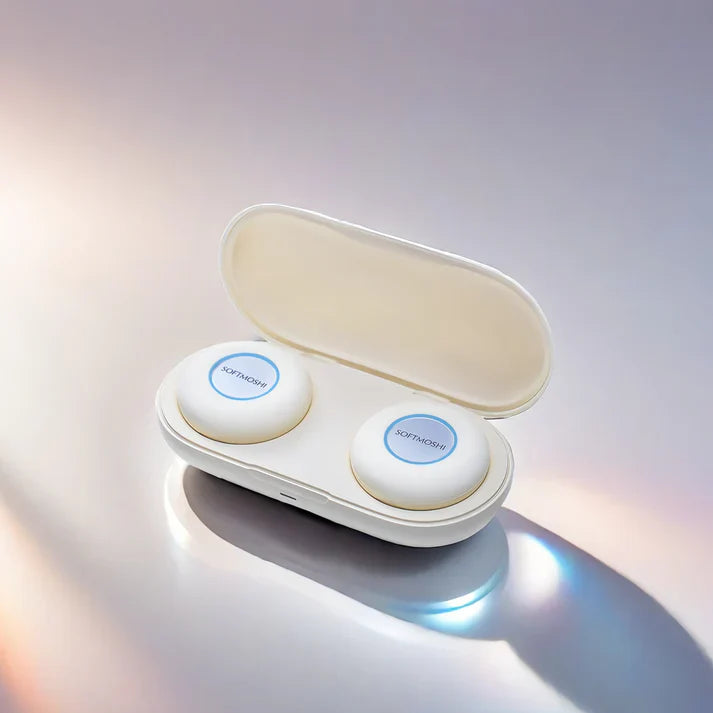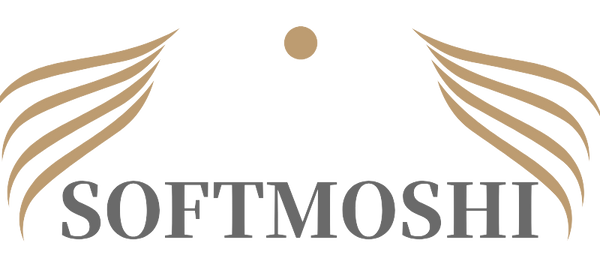
Can Ultrasound Massage Help with Chronic Pain? A Look at Long-Term Use
Share
Exploring how ultrasound therapy offers a safe, non-invasive solution for ongoing pain relief.
For millions of people worldwide, chronic pain is more than a discomfort—it's a daily challenge. Whether it's due to arthritis, muscle tension, injury recovery, or repetitive strain, managing long-term pain is often frustrating, expensive, and filled with trial and error.
In recent years, ultrasound therapy for chronic pain has gained attention as a gentle, drug-free, and non-invasive option. But how effective is it over the long term? And can a portable ultrasound massage device really make a difference at home?
Let’s take a closer look.
🔬 What Is Ultrasound Therapy and How Does It Work?
Ultrasound therapy uses high-frequency sound waves (typically 1–3 MHz) to penetrate deep into muscles, joints, and soft tissues. These waves create subtle vibrations and thermal effects, which can:
-
Increase blood circulation
-
Reduce inflammation and swelling
-
Stimulate cell repair and tissue regeneration
-
Relieve deep muscle and nerve tension
Unlike medications or electrical stimulation, ultrasound delivers targeted energy without needles, drugs, or discomfort, making it ideal for long-term use in chronic conditions.
✅ Common Types of Chronic Pain That May Benefit from Ultrasound Massage
Research and anecdotal evidence suggest that ultrasound therapy may be helpful in managing:
-
Lower back pain
-
Shoulder and neck stiffness
-
Arthritis-related joint pain
-
Tendinitis and bursitis
-
Myofascial trigger points
-
Post-injury scar tissue and tightness
If your pain is related to soft tissue inflammation, poor circulation, or repetitive strain, ultrasound may help reduce the intensity and frequency of flare-ups over time.
🧠 Long-Term Benefits of Ultrasound Therapy
Consistent use of an ultrasound massager for chronic pain relief can yield several long-term advantages:
1. Reduces Dependence on Medication
By helping to manage pain naturally, ultrasound may reduce the need for daily painkillers, minimizing potential side effects.
2. Improves Range of Motion
Regular stimulation promotes tissue flexibility and helps break down adhesions, which can enhance mobility in stiff joints and muscles.
3. Supports Relaxation and Sleep
Less pain = better sleep. Many users report that nightly use helps them fall asleep more easily and wake up with fewer aches.
4. Empowers At-Home Pain Management
No appointments. No commute. With a portable ultrasound massager, you can manage your pain on your own schedule, from the comfort of home.
🛡️ Is Ultrasound Safe for Long-Term Use?
Yes—low-intensity therapeutic ultrasound is considered safe for regular use when following instructions. Most devices are:
-
Non-invasive
-
FDA-cleared or CE-certified
-
Designed with automatic timers and intensity settings to prevent overuse
Still, users should avoid using ultrasound over open wounds, on areas with metal implants, or if they have certain medical conditions (e.g., pacemakers or pregnancy—always consult your doctor first).
📅 How Often Should You Use It?
For chronic conditions, most users find benefit from:
-
5–15 minutes per session
-
1–2 sessions per day, depending on pain level and device settings
-
At least 3–5 times per week for lasting effects
Consistency is key. Like physical therapy or stretching, ultrasound delivers better results when used regularly over time.
🔚 Final Thoughts
Chronic pain doesn’t have to control your life. Whether you're living with back pain, joint discomfort, or lingering injury symptoms, ultrasound therapy offers a gentle and effective long-term option.
With the convenience of a wearable or handheld ultrasound device, you can take your pain management into your own hands—without relying on drugs or expensive treatments.
👇 Ready to experience long-term relief?
Explore our best-selling Ultrasound Massager for Chronic Pain Relief → [Softmoshi]

